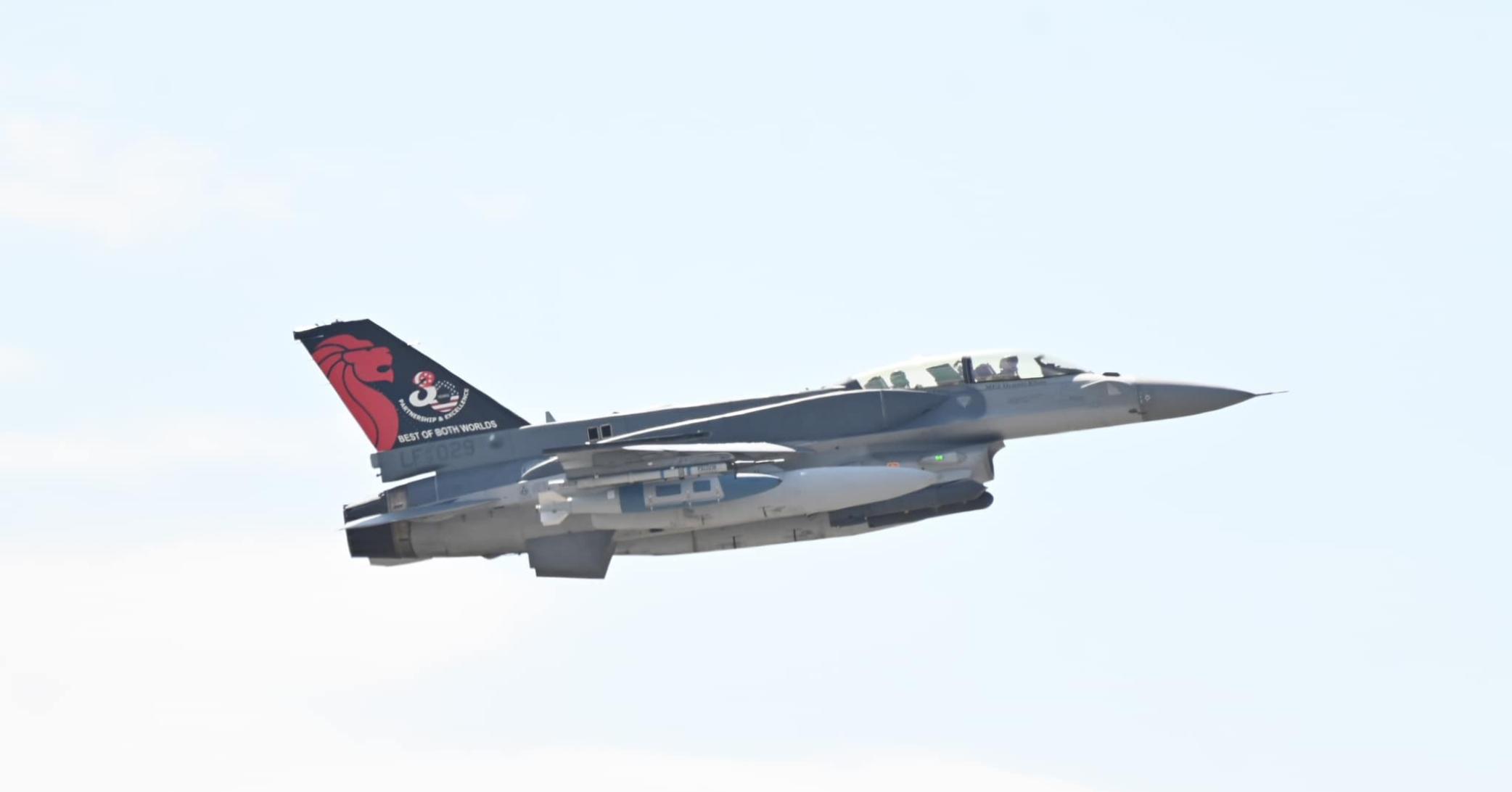The root cause of the crash of the Republic of Singapore Air Force (RSAF) F-16 fighter jet at Tengah Air Base is a rare occurrence and the first such failure of its kind, according to Lockheed Martin in a press release by the Ministry of Defence (MINDEF) on Jun. 19.
MINDEF added that the investigation into the incident, which was led by the RSAF, and supported by Lockheed Martin and the Transport Safety Investigation Bureau, has concluded.
Malfunctioning gyroscopes is the first of its kind
According to MINDEF, the root cause of the crash has been attributed to pitch gyroscopes which degraded due to wear and tear, and failed during take-off.
The gyroscope consists of a mechanical spinning rotor set within gimbals to help detect rotation rates. This is then converted to electrical signal readings, which are fed to the digital flight control computer.
The F-16 has four pitch rate gyroscopes with three in use during normal conditions and one as backup.
At the time of the incident, two out of four pitch rate gyroscopes in the F-16 gave erroneous but similar inputs to the flight computer.
This resulted in the flight control logic accepting the similar erroneous inputs as "correct", and sequentially rejecting the inputs from each of the remaining functioning gyroscopes as "incorrect".
As a result, the flight computer manoeuvred the aircraft in response to the erroneous pitch rate feedback signal from the two degraded gyroscopes, making the F-16 uncontrollable by the pilot.
F-16 was properly maintained
In addition, the investigation concluded that the F-16 aircraft was maintained in accordance with established protocols, and the RSAF had adhered to required maintenance inspections.
MINDEF added that the RSAF F-16s' gyroscopes are the same as those used by other F-16 operators around the world.
Lockheed Martin does not stipulate any preventive maintenance for these gyroscopes.
The gyroscopes are also meant to be replaced when a fault is detected.
MINDEF noted that the F-16's pre-flight built-in test did not detect any fault with the functioning of the aircraft's gyroscopes before take-off.
F-16 gyroscopes will now be periodically tested with specialised equipment
To reduce the chance of a reoccurrence, the RSAF has put in place an additional preventive maintenance procedure for the gyroscopes, under which RSAF engineers will periodically remove the F-16 gyroscope assemblies and test them using specialised equipment, MINDEF stated.
This will increase the likelihood for engineers to detect early signs of degradation and pre-emptively replace the gyroscopes, before the gyroscopes reach the stage of accelerated degradation leading to failure.
"This measure is over and above the prescribed aircraft manufacturer's maintenance procedures," MINDEF added.
Before the RSAF resumed F-16 flights on May 21, 2024, each RSAF F-16 aircraft's flight control gyroscopes were checked and cleared.
These investigation findings have been reviewed by the SAF's Inspector General Office and have also been provided to the external review panel on SAF Safety.
The external panel concurred with the additional preventive procedure by the RSAF, MINDEF concluded.
Top image via The Republic of Singapore Air Force/Facebook
If you like what you read, follow us on Facebook, Instagram, Twitter and Telegram to get the latest updates.



